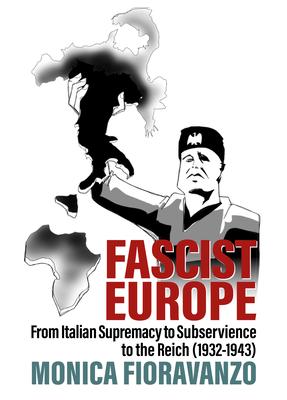By shedding light on an often-overlooked aspect of Fascism and Nazism, this book examines the ambitious plans for a new European order conceived by Italian intellectuals, historians, geographers, politicians, and even student representative of the Fascist University Groups (GUF). Through expert reconstruction of the debate on this envisaged order's development, Monica Fioravanzo opens a window into the theoretical arena that shaped relationships between German, Italy and the other Axis nations and provides insight into how the project was anticipated to unite the Fascist regime in Italy and the Nazi Reich.
In the history of Fascism and Nazism, from 1932 through 1943, there is a largely unwritten chapter on the vast array of projects for a new European order put forward by Italian intellectuals, histories, geographers, politicians, and even student representative of the Fascist University Groups (GUF). Under the Axis' rule, little is known about how much the project would prospectively unite the Fascist regime and the Nazi Reich in the post-war order; and much less is know about Italy's plans. Fascist Europe reconstructs the debate on this envisaged order, a debate that unfolded alongside an evolving international framework surrounded by conflict. The diachronic examination from Monica Fioravanzo allows a window into the theoretical arena that contributed to the development of relationships between German, Italy and the other Axis nations.
